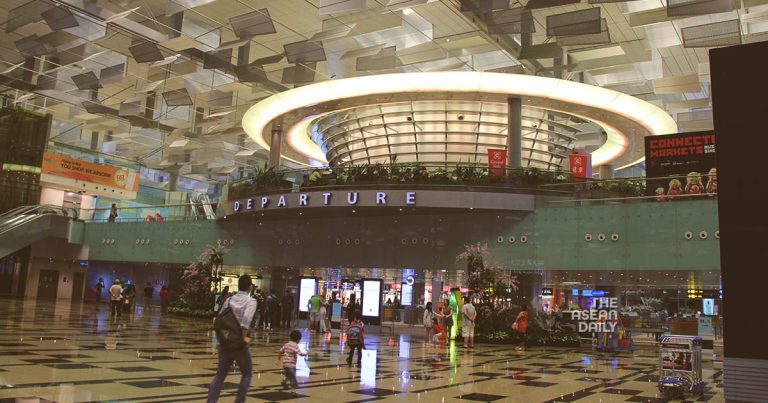14-3-2024 (SINGAPORE) Passenger traffic at Changi Airport crossed pre-pandemic levels for the first time in February, hitting 104.3 per cent of the numbers recorded in February 2019, marking a significant milestone in the airport’s recovery journey.
According to figures released by Changi Airport Group (CAG) on March 13, there were 5.35 million passenger movements in February 2024, with the busiest day being February 18 – the third Sunday of the month, in the middle of the Chinese New Year festivities – when 203,000 passengers passed through the airport’s terminals.
This milestone comes after a year of steady recovery in 2023, during which Changi Airport returned to 86 per cent of annual traffic levels seen before the pandemic, or 58.9 million passengers. Before the Covid-19 pandemic hit, the airport registered 68.3 million passenger movements in 2019.
Lim Ching Kiat, CAG’s executive vice-president for air hub and cargo development, had previously expressed hope in January 2024 that the airport operator would “make a full recovery” to pre-pandemic connectivity and traffic levels this year.
As of February 2024, 93 airlines operate more than 6,900 weekly scheduled flights at Changi Airport, linking Singapore to over 150 cities worldwide.
Mayur Patel, head of Asia at global travel data provider OAG Aviation, attributed Changi’s growth in February to several factors, including the leap year effect with an additional day’s worth of traffic, the Chinese New Year holidays, and, most significantly, the introduction of a visa waiver for mainland Chinese travellers.
Since February 9, citizens of Singapore and China can enter each other’s country without a visa for stays of up to 30 days.
While passenger traffic levels in February 2024 were 4.3 per cent higher than those for the same month in 2019, Patel noted that aircraft movements were still 3.6 per cent below 2019 levels.
Looking ahead, Patel predicts that the number of available seats to and from Changi Airport will average 95 per cent of 2019 levels, according to OAG data, although passenger traffic levels will vary depending on the overall macroeconomic environment and passenger demand.
Patel acknowledged that Thailand and Malaysia will be competing with Changi Airport for outbound Chinese traffic, given their visa waivers for Chinese travellers. However, he believes Changi will benefit from its increased capacity in the upcoming months, with higher flight frequencies and new city pairs being added to the network.
According to data from the Singapore Tourism Board, about 1.44 million visitors arrived in Singapore in February, with 326,970 – or almost 23 per cent – coming from China.
Edmund Ong, general manager of travel website operator Trip.com Singapore, reported a 60 per cent increase in the website’s bookings from China to Singapore in February compared to January, signaling increased interest from Chinese travellers following the new, mutual visa-free travel arrangement.
While visitor figures may not reach 2019 levels, Ong said tourist expenditure is likely to come close to 2019 figures, which is a positive sign for Singapore’s tourism industry.




